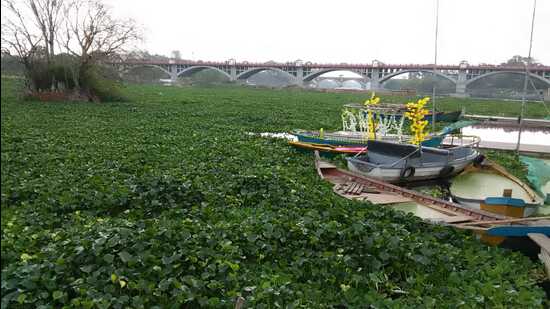Home / Environment / Lucknow's Gomti River Chokes on Unchecked Urbanization and Pollution
Lucknow's Gomti River Chokes on Unchecked Urbanization and Pollution
16 Oct
Summary
- Gomti River, Lucknow's lifeline, under severe stress from unregulated development
- Over 60% of native fish species disappeared from urban stretches of the river
- 280 MLD of untreated sewage flows directly into the Gomti, contributing to pollution

As of October 16th, 2025, Lucknow's ambitious urban development plans have come at a heavy cost to the city's lifeline, the Gomti River. This 960-km-long tributary of the Ganga, which spans 101 km through Lucknow, is under severe stress due to unregulated urbanization and untreated sewage discharge.
The Gomti River, central to Lucknow's geography and ecology, provides drinking water to the city's 4 million residents. However, a recent survey found that over 60% of native fish species have disappeared from the urban stretches of the river. Key indicator species, such as the Indian River Dolphin, have not been spotted for years, pointing to a collapsing ecosystem.
The city currently generates 730 million litres per day (MLD) of sewage, but only has the capacity to treat 450 MLD. The remaining 280 MLD of untreated sewage flows directly into the Gomti, significantly contributing to declining oxygen levels and a dangerous rise in faecal contamination.
Environmentalists and city planners are sounding the alarm, warning that the deteriorating health of the Gomti threatens the city's water supply and ecological stability. They call for urgent implementation of integrated drainage systems, expansion of sewage treatment plants, and a shift towards green-blue urban planning to preserve Lucknow's natural assets.



